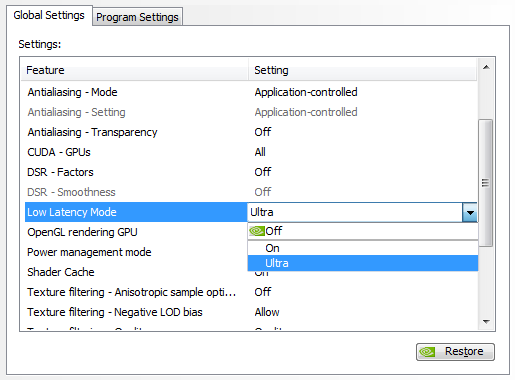
The calculations used to derive the value itself is a result of the projector’s resolution and refresh rate, along with the engineering of the projector. For some this may seem like just a sliver of time, but for serious gamers it could be a matter of life or death (figuratively of course). For most gaming projectors, input lag time is listed in its product specs using milliseconds (ms) as the unit of measurement, so for a projector with a listed input lag time of 16 ms there will be a 16 millisecond gap between when the signal from the gaming console is received by the projector and when the resulting image is projected. With an understanding of what input lag is, the next step is to figure out how input lag is measured and how this knowledge can be applied to choosing a gaming projector. Response time in gaming refers to the duration of time between when a button is pushed on a controller and when the character performs the corresponding action and thus involves all the hardware involved in the gaming setup, while input lag time refers only to the part of the equation involving the input signal and projector. It’s worth noting that input lag time is somewhat different then response time. Because of this phenomenon and how it may affect your ability to play at the highest level, low input lag time is one of the key things to focus on when determining whether a projector will boost or hamper your gaming abilities, as you want a projector that instantaneously projects the video that the console is transmitting to it so as to make sure that you’re able to make those split second decisions. Input lag, or latency, for projectors refers to the time between when the audio/video signal from the input source (the gaming console) is received by the projector and when the projector actually projects the video that corresponds to that signal, which can cause things such as lag time or image stuttering.
LAZYMOUSE REDUCE LAG HOW TO
You can find out how to avoid them below. These cookies and other technologies capture data like your IP address, when you viewed the page or email, what device you were using and where you were. We use various advertising partners, including Amazon, Facebook, and Google. These cookies are used to track your activity on the BenQ website and other websites across the Internet, help measure the effectiveness of our advertising campaign and deliver advertisements that are more relevant to you and your interests. See list of performance and advertising cookies To opt-out of Hotjar collecting data, you can disable tracking completely by following link:. To opt-out of SessionCam collecting data, you can disable tracking completely by following link:.

To opt out of certain ads provided by Google you can use any of the methods set forth here or using the Google Analytics opt out browser add-on here.

You can control the information provided to Google, SessionCam and Hotjar. If you want to opt-out of advertising cookies, you have to turn-off performance cookies. We also use Google Analytics, SessionCam and Hotjar to track activity and performance on the BenQ website. These cookies help to improve the performance of BenQ. Performance cookies and advertising cookies


 0 kommentar(er)
0 kommentar(er)
